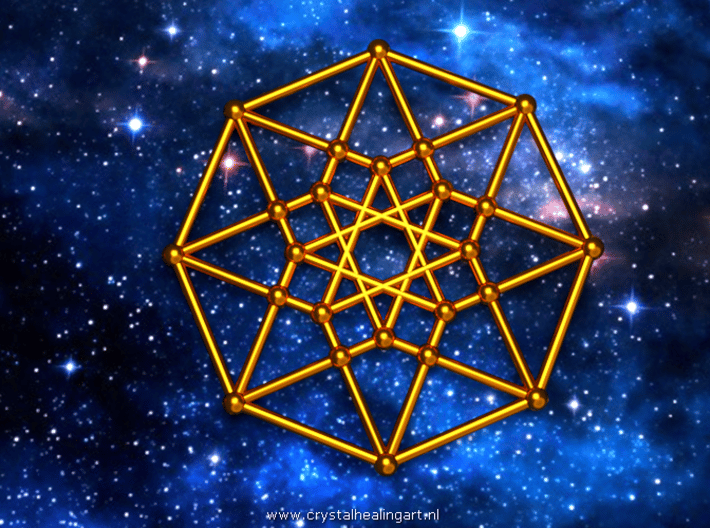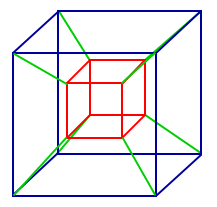

TESSERACT 4D SHAPES HOW TO
James Schloss goes over a few things I’ve discussed here while also providing some more mathematical background on how to apply projections. Marc’s explanation of how walking through a 4D space works is well worth the watch.įor a short video about projections of a rotating tesseract I recommend Understanding 4D – The Tesseract. His 4D Toys is a fully interactive app that allows you to play with four dimensional objects including physical interactions between them! His upcoming game entitled Miegakure will explore these concepts in even more depth. Marc ten Bosh does amazing things with the fourth dimension. It’s quite unlikely that you’ll ever get to interact with a real tesseract, but these examples have hopefully let you build some intuitions about what to expect in that fantastic scenario. This time they’re just one dimension richer. The anatomy of the 3D “slices” of a tesseract may seem bizarre, but we’ve already seen very similar patterns in 2D slices of a regular cube. A more complex rotation creates a more complicated shape – a convex polyhedron. A simple rotation about one of the planes spanned on the w axis will cause the intersection to be a growing, shifting, and shrinking rectangular cuboid. Similarly to the 2D intersection of a 3D cube, when a tesseract is axis aligned it will abruptly pop in and out of existence when dragged along the w axis.

The segmented control below allows you to select different subcomponents of the tesseract:

The faces of the tesseract are tinted a little so that it’s easier to see which parts are in front. You can drag the shadow around to see it from different angles. Without further ado, here’s a demonstration of that shadow with a light source put somewhere on the w axis. In other words, a “shadow” of a tesseract is three dimensional. Just like a projection of a 3D object onto a 2D space creates a 2D object, a projection of a 4D object onto a 3D space forms a 3D object. This next sentence requires a leap of faith. By having some understanding of how the projected object is constructed we can at least attempt to see through those flaws. The important point here is that a projection that creates a shadow introduces some distortions into the final image.


 0 kommentar(er)
0 kommentar(er)
